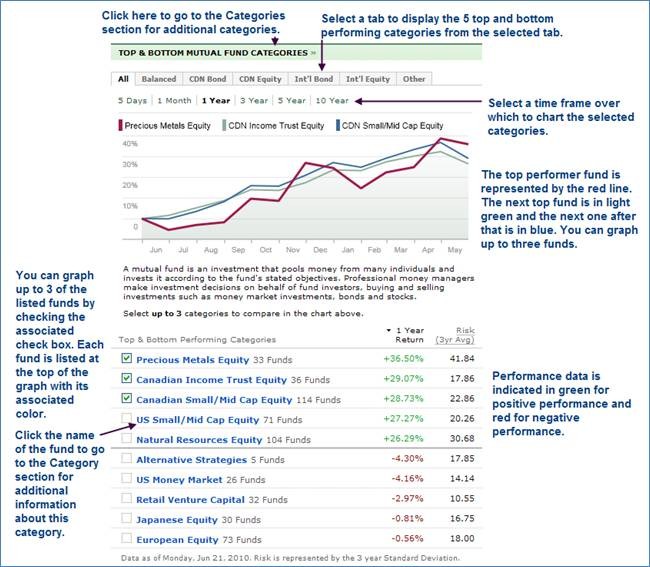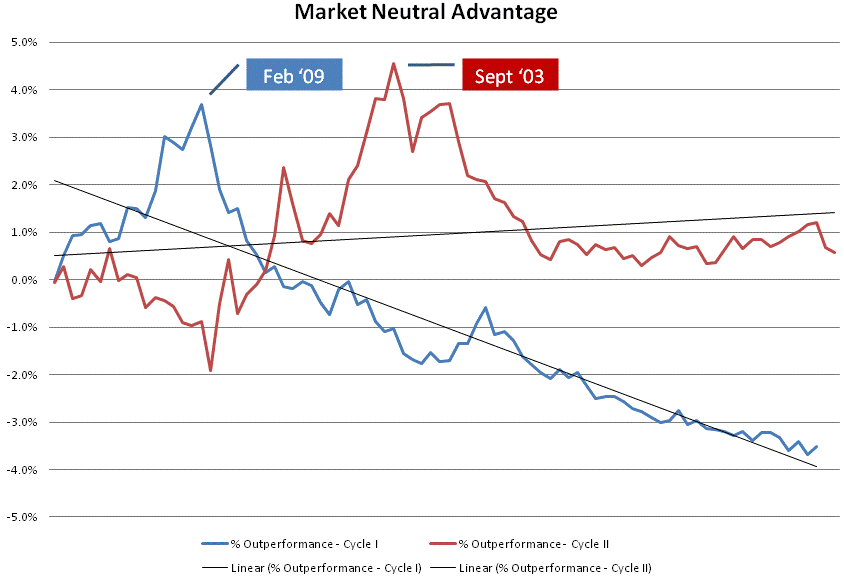What Is an AlternativeStrategy Bond Fund
Post on: 24 Сентябрь, 2015 No Comment

Companies are rolling out debt funds that aim to prosper even when interest rates start climbing from record lows
Journal Report
But fund companies increasingly are rolling out complex bond funds whose strategies might better be referred to as organic caramel or Mexican chocolate with macadamia crunch.
A key part of the marketing pitch is they hope to make money even when interest rates rise—thus, when bond prices are falling. That’s generally not the case for traditional bond funds. Thanks to the basic math of the bond market, rising interest rates can translate into losses for fund investors as bond prices fall.
Michael Swell of Goldman Sachs Strategic Income Fund talks with WSJs Tom Lauricella about the rationale for more-flexible bond funds.
Jon Krause
But these funds bring with them a host of unknowns. For most, their strategies have never been tested by a meaningful rise in interest rates, so it’s unclear whether they will live up to their promises. Their complexity also makes it difficult for investors to know what the funds are investing in and to judge their risks. That means investors should carefully consider not just the strategy, but whether the fund company has the capability to manage the risks.
Still, investors seem to be finding these new bond mutual funds attractive. Goldman Sachs Strategic Income, for example, opened its doors a year ago and already has $2.3 billion in assets. JPMorgan Strategic Income Opportunities. launched in late 2008, has $15 billion in assets, with $5.4 billion flowing in the door during 2010, and $3.4 billion in the first five months of this year, according to Morningstar.
ENLARGE
There is always a risk of products being gimmicky, but if you regard capital preservation as the key to fixed-income investing, alternative bonds may be appropriate for today’s environment, says Lawrence Glazer, a managing partner at Mayflower Advisors LLC in Boston. He likes the idea of pairing them up with traditional bond funds as a hedge against rising interest rates.
William Eigen, chief investment officer of opportunistic fixed income at J.P. Morgan Asset Management, is part of the trend toward designing and selling more complex bond funds. These funds require not only investors to view them differently, but the managers as well.
From 1994 through 2005 Mr. Eigen was a bond-fund manager at Fidelity Investments, where he went from managing funds focused on a single part of the bond market to so-called multisector funds that choose among a variety of bonds, including U.S. corporate and emerging-markets country debt.
While he enjoyed the multisector funds, he still felt constrained. In 2005, Mr. Eigen left for hedge-fund manager Highbridge Capital Management, now owned by J.P. Morgan Chase & Co.
ENLARGE
Then in April 2008 he joined J.P. Morgan Asset Management, where he helps manage the Strategic Income Opportunities fund and JPMorgan Tax Aware Income Opportunities. which applies alternative strategies to the municipal-bond market.
It took me three years of running a hedge fund before I felt comfortable utilizing even their basic kinds of strategies, he says. That included short positions, which are bets that bond prices will fall.
The rollout of Loomis Sayles Absolute Strategies in December was also preceded by several years of exploring new strategies—and putting safeguards in place.
Matt Eagan, a portfolio manager on the fund, says the ramp-up began in 2005 and included building risk-management systems to monitor derivatives and the trading of credit default swaps. In more recent years, these swaps, which are essentially insurance policies against a bond issuer defaulting on its payments, have become a common tool among hedge funds and alternative mutual funds for betting that a bond’s price will decline.
Changing Benchmarks

Loomis Sayles ended up moving the goal posts in terms of performance measures for bond funds. Most traditional bond funds measure their performance against an index of other bonds. Alternative bond funds tend to focus instead on total return—the combination of price and yield.
ENLARGE
Jon Krause
This shift started to occur at Loomis when a client in 2005 wanted to construct a bond portfolio that used as its benchmark the London interbank offered rate, or Libor, a short-term interest rate at which certain banks lend one another money. In response to the client’s needs, Loomis developed a bond strategy that wouldn’t lose money if U.S. bond prices fell, Mr. Eagan says. The Absolute Strategies fund aims to return the three-month Libor rate plus two to four percentage points, or 6%, whichever is greater. The fund uses a variety of trading strategies, and yield often isn’t its primary goal.
Finding ways to make money even if bond prices are falling can include being able to short bonds or invest in bonds outside the U.S. where rates may not be rising.
It requires a different way of thinking, says Mr. Eagan.
These funds are not money-market substitutes. If you’re taking interest-rate risk off the table, you’re going to have to take some other kinds of risks, says Jon Beinner, global head of fixed income at Goldman Sachs Asset Management.
For example, a fund may be loading up on bonds that have a heavier dose of corporate credit risk, which could make the fund more sensitive to moves in stock prices. Or, a fund could own emerging-markets bonds denominated in local currencies, and thus have returns more heavily influenced by currency swings.
As Mr. Beinner says, The composition of the risks is going to be the manager’s choice.
Mr. Lauricella is a staff reporter for The Wall Street Journal in New York. He can be reached at tom.lauricella@wsj.com .














